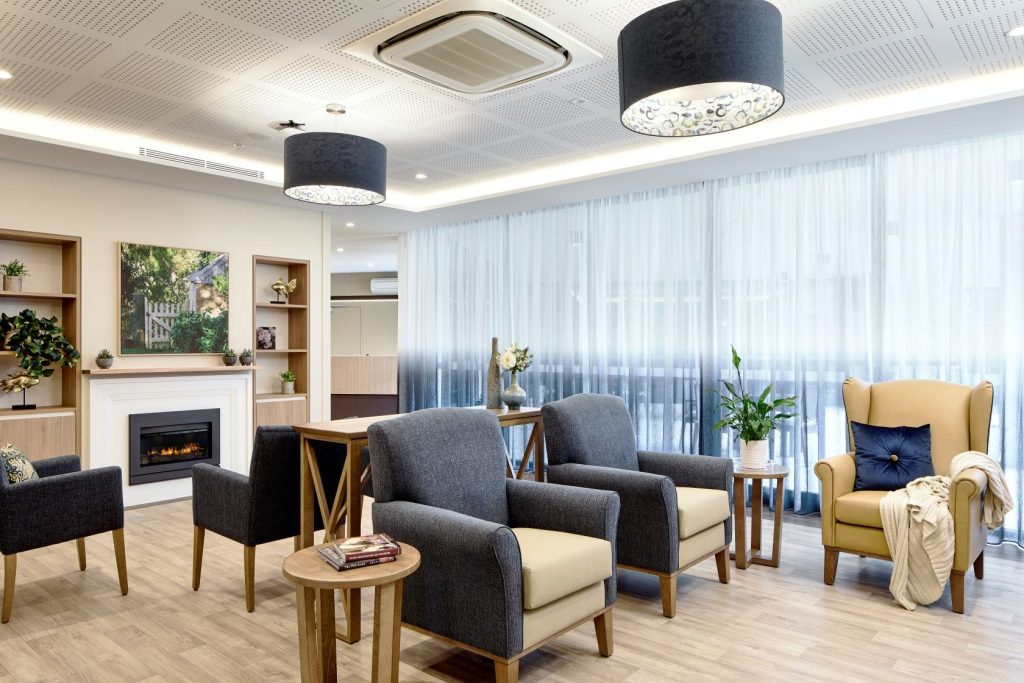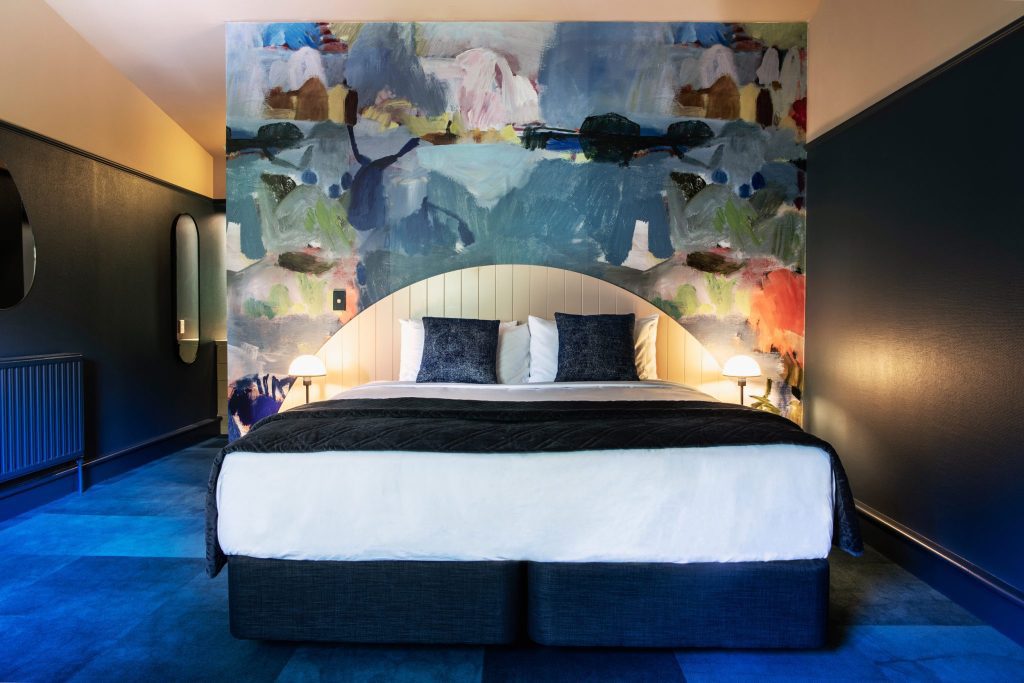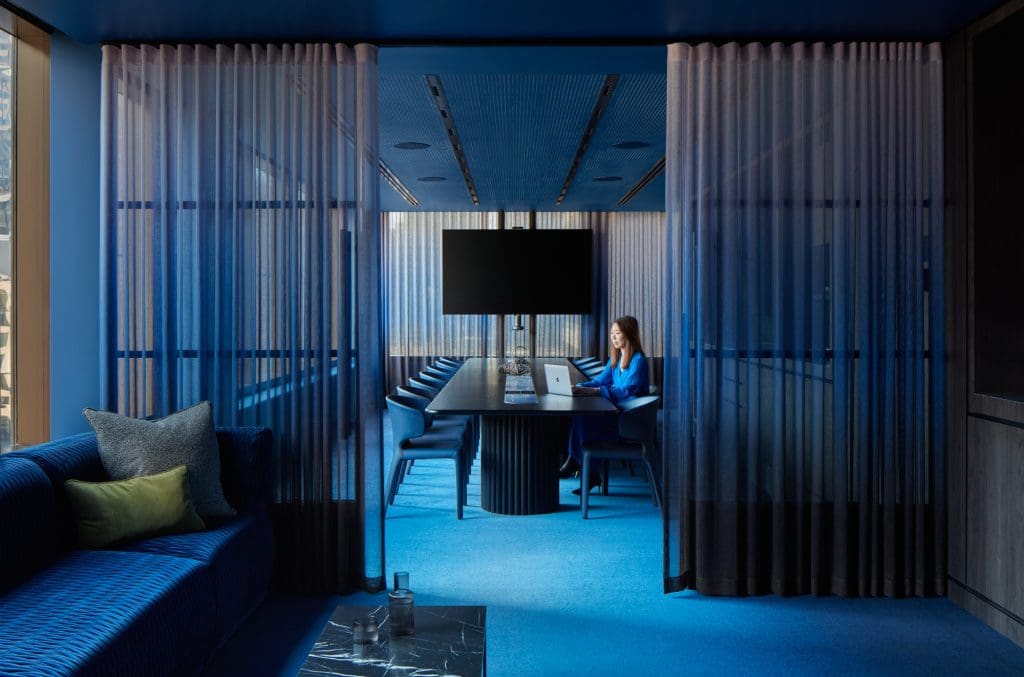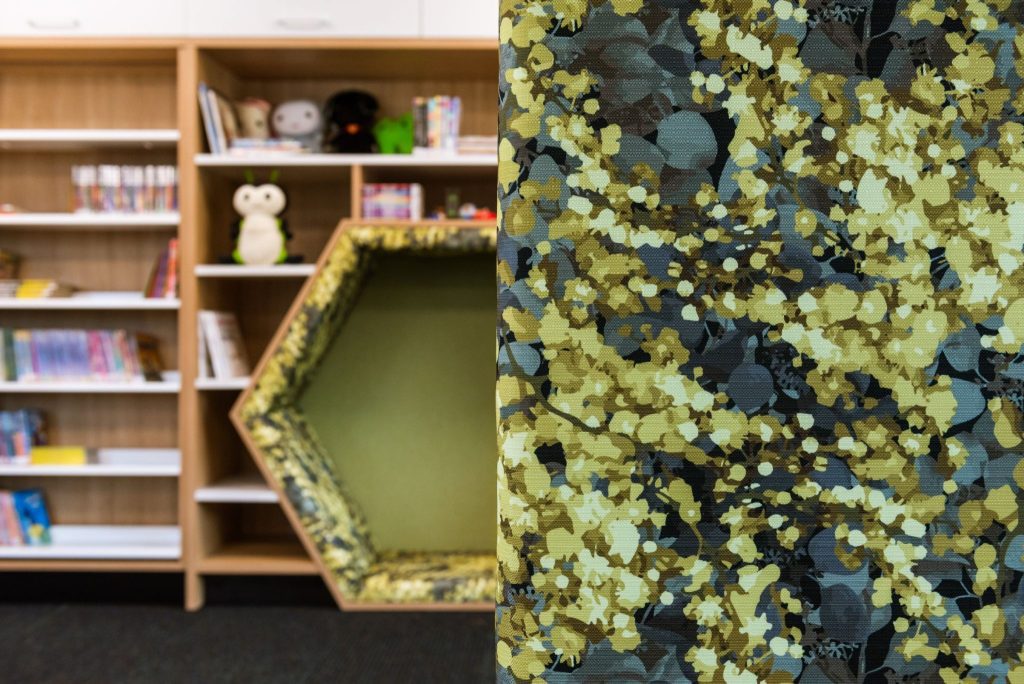Industries
Industry Sectors
High-performance commercial fabrics, wall coverings, and acoustics are essential components across various industry sectors, each with unique requirements and standards to ensure functionality, aesthetics, and durability. Here are some of the key sectors that rely on these specialised materials:
1. Healthcare
Healthcare facilities demand materials that support hygiene, durability, and a calming environment. High-performance fabrics and wall coverings used in this sector need to be:
- Antimicrobial and easy to clean: To prevent the spread of infections.
- Stain-resistant: To handle spills and stains common in medical settings.
- Durable: To withstand frequent cleaning and heavy use.
- Aesthetically soothing: To create a calming atmosphere for patients and staff.
- Acoustic performance: To reduce noise levels, ensuring a quiet environment conducive to patient recovery.
2. Hospitality
Hotels, resorts, and restaurants require materials that combine luxury with robustness. Key requirements for hospitality projects include:
- Aesthetic appeal: High-quality fabrics and wall coverings that enhance the ambiance.
- Durability: To withstand high foot traffic and frequent use.
- Fire resistance: Compliance with fire safety regulations.
- Ease of maintenance: To ensure quick turnaround during cleaning and repairs.
- Acoustic control: To provide a peaceful and pleasant environment for guests.
3. Corporate Offices
Office environments need materials that support productivity and comfort. Essential features for commercial workspaces include:
- Durability: Materials that can endure daily wear and tear.
- Acoustic properties: To reduce noise pollution and enhance concentration.
- Aesthetics: Creating a professional and appealing workspace.
- Sustainability: Environmentally friendly options to support corporate sustainability goals.
4. Education
Schools and universities require materials that are safe, durable, and conducive to learning. Important aspects for education design are:
- Durability: To withstand the high use typical in educational settings.
- Safety: Materials that are non-toxic and fire-resistant.
- Acoustic performance: To enhance auditory learning and reduce distractions.
- Ease of cleaning: To maintain hygiene in classrooms and communal areas.
5. Retail
Retail environments need materials that attract customers while being practical for high traffic. Key characteristics include:
- Aesthetic appeal: To create an inviting shopping experience.
- Durability: To handle constant foot traffic and customer interactions.
- Ease of maintenance: Quick and easy cleaning to maintain appearance.
- Acoustic control: To manage noise levels, making the shopping experience pleasant.
6. Transportation
Airports, train stations, and other transit hubs require materials that balance comfort and resilience. Important features are:
- High durability: To endure heavy use and various environmental conditions.
- Ease of cleaning: For quick turnaround and hygiene.
- Fire resistance: To ensure passenger safety.
- Aesthetics: To create a welcoming atmosphere amidst the hustle and bustle.
7. Entertainment and Leisure
Theatres, cinemas, and sports venues need materials that enhance the visitor experience. Key requirements for entertainment and leisure spaces include:
- Acoustic performance: To optimise sound quality and minimise echo.
- Durability: To withstand large crowds and frequent use.
- Fire resistance: Compliance with safety regulations.
- Aesthetic appeal: To create an engaging and visually appealing environment.
8. Public Spaces
Libraries, museums, and other public facilities require durable, safe, and aesthetically pleasing materials. Key aspects are:
- Durability: To handle high traffic and frequent use.
- Safety: Non-toxic, fire-resistant materials.
- Acoustic properties: To manage noise levels and create a comfortable environment.
- Ease of maintenance: For efficient upkeep and cleanliness.
Each industry sector has distinct needs for high-performance fabrics, wall coverings, and acoustics. From ensuring hygiene and safety in healthcare to creating luxurious and inviting spaces in hospitality, these materials play a crucial role in the functionality and aesthetics of commercial environments. Manufacturers must tailor their products to meet these varied demands, ensuring they provide the right balance of durability, maintenance, and performance.
Materialised has decades of experience providing this balance for designers and specifiers across all industry sectors.
Get in touch with our expert team if you would like assistance with your next project.




